Specializing in
Beam and Pier
Foundations
From Cabins and Cottages, 70-90's Mobile home, to newer Modular homes, we have the knowledge and experience to get your foundation sitting true.
Get True (verb)
/ɡɛt troo/
To ensure that a structure, surface, or element is perfectly level, plumb, and square, aligning with precision and accuracy. Example: "We need to get this frame true before securing it in place."
Beam and Pier Foundations: The Essential Guide
Introduction
Beam and pier foundations are one of the most common and cost-effective foundation types used for mobile and manufactured homes. They offer a balance of stability, affordability, and ease of installation, making them an attractive option for homeowners and installers alike.
Unlike permanent slab foundations or full basements, beam and pier systems elevate the home off the ground, providing crucial protection from moisture and ground movement. This design allows for better airflow underneath the structure, reducing the risk of moisture buildup and potential wood rot.
However, like any foundation type, beam and pier systems require proper planning, installation, and maintenance to ensure long-term durability. Factors such as soil composition, frost heave, and long-term settling can impact the performance of the foundation over time. Regular inspections and periodic leveling are essential to keeping the home structurally sound.
In this guide, we’ll dive into the key aspects of beam and pier foundations for mobile homes, including their components, the different types of pier supports, how soil conditions affect stability, and the leveling process used to maintain a solid foundation. Whether you’re a homeowner, contractor, or someone considering this foundation type for a future installation, this guide will provide the essential knowledge you need.
How it Works
In a beam and pier system, piers are installed at regular intervals beneath the home's steel chassis or wooden frame. These piers are typically made of concrete, steel, or pressure-treated wood, and their purpose is to transfer the load of the home safely into the ground. The beams, often made of steel or engineered wood, run perpendicular to the piers and provide additional structural integrity by distributing weight evenly.
Beam and pier foundations offer flexibility that other foundation types don’t. If adjustments need to be made due to settling, shifting, or environmental changes, the home can be leveled without major reconstruction.
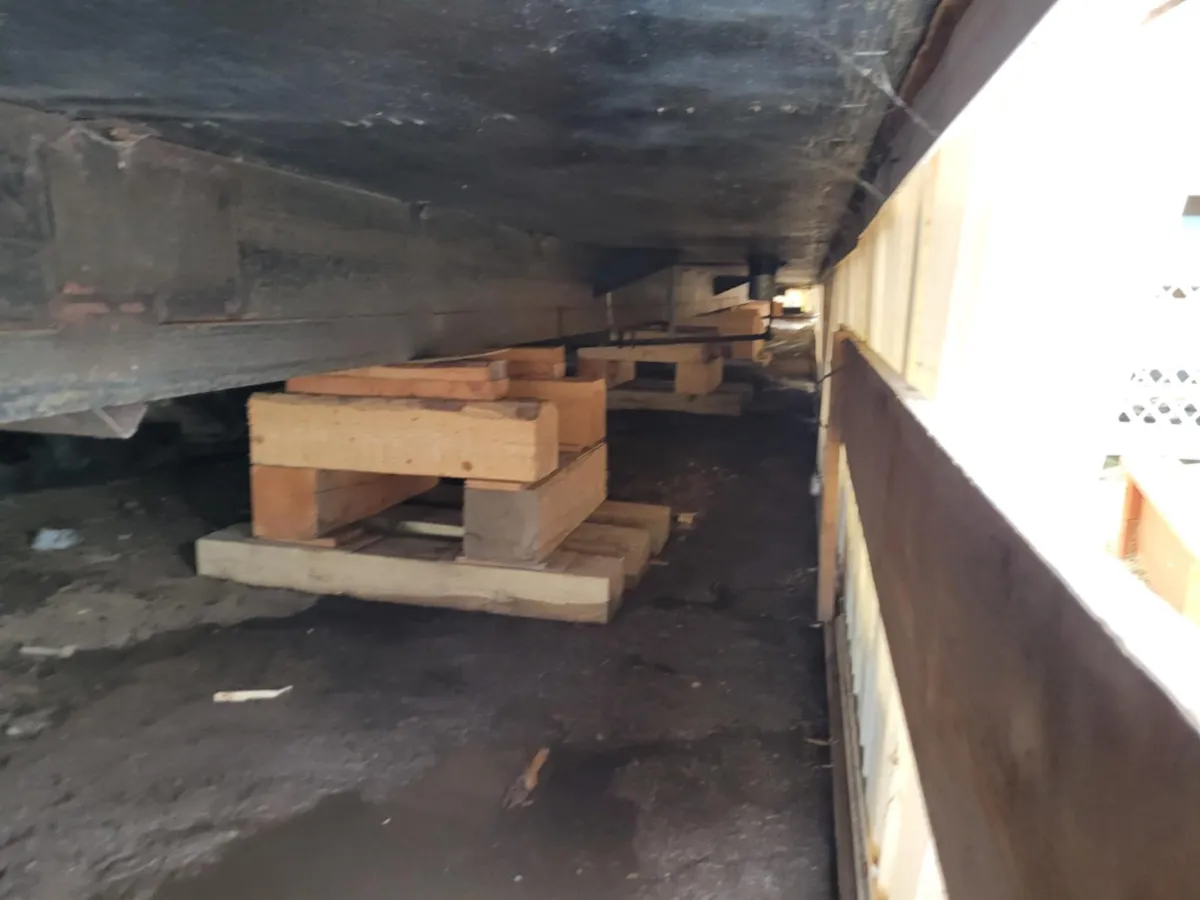
What Is a Beam and Pier Foundation?
A beam and pier foundation is a structural system used to support mobile and manufactured homes by distributing their weight across a series of piers, which are placed strategically beneath the home. These piers act as vertical supports, while horizontal beams run along the length of the home to provide stability. This type of foundation is commonly chosen for mobile homes due to its affordability, ease of installation, and adaptability to different soil conditions.
Benefits of a Beam and Pier Foundation
Cost-Effective – Compared to permanent concrete foundations, beam and pier systems are far more affordable.
Elevated Design – Keeps the home off the ground, reducing moisture exposure and improving ventilation.
Adjustability – Homes can be re-leveled over time to compensate for soil movement.
Accessibility – The crawl space underneath provides easy access for plumbing, electrical, and insulation work.
Versatility – Works well in a variety of soil conditions and can be used in areas where full basements or slabs aren’t practical.
While beam and pier foundations offer many advantages, proper installation and periodic maintenance are crucial to prevent shifting, settling, and long-term structural issues.
In the next section, we’ll explore the different types of pier supports commonly used in these foundations.
Typical Foundations for Beam and Pier Systems
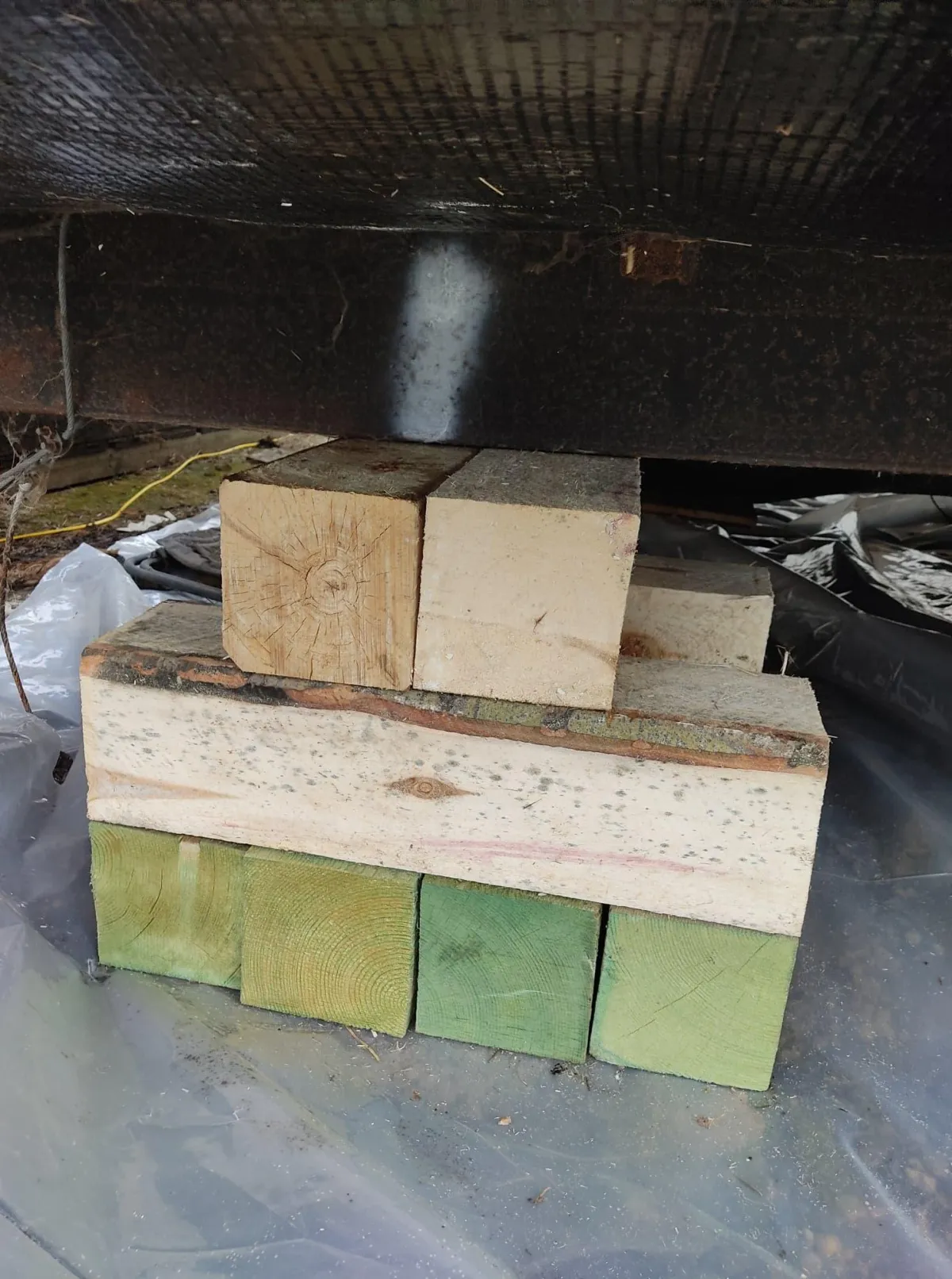
Wood Blocks
Wood blocking is a simple and cost-effective method where pressure-treated 6x6 wood blocks are stacked directly under the home’s beams to provide support. These blocks are typically placed on compacted soil or minimal surface preparation.
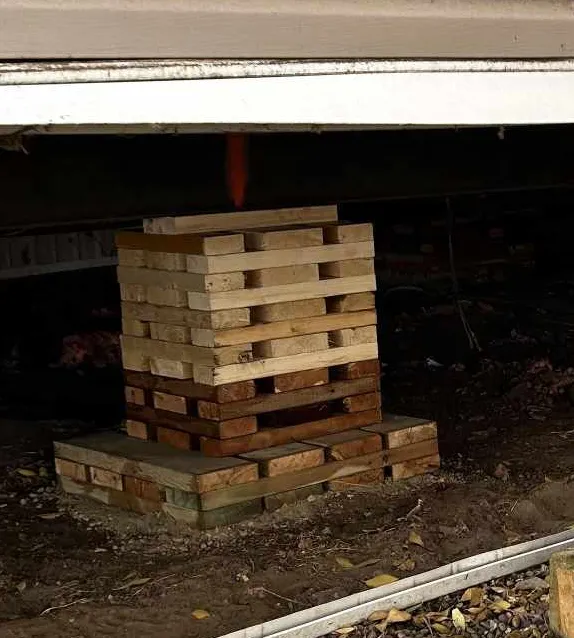
Pad and Cribbing
Pad and cribbing foundations use pressure-treated ground pads as a base with wood cribbing built from dimensional lumber secured in alternating layers. The pads help distribute the weight evenly, preventing sinking or shifting.
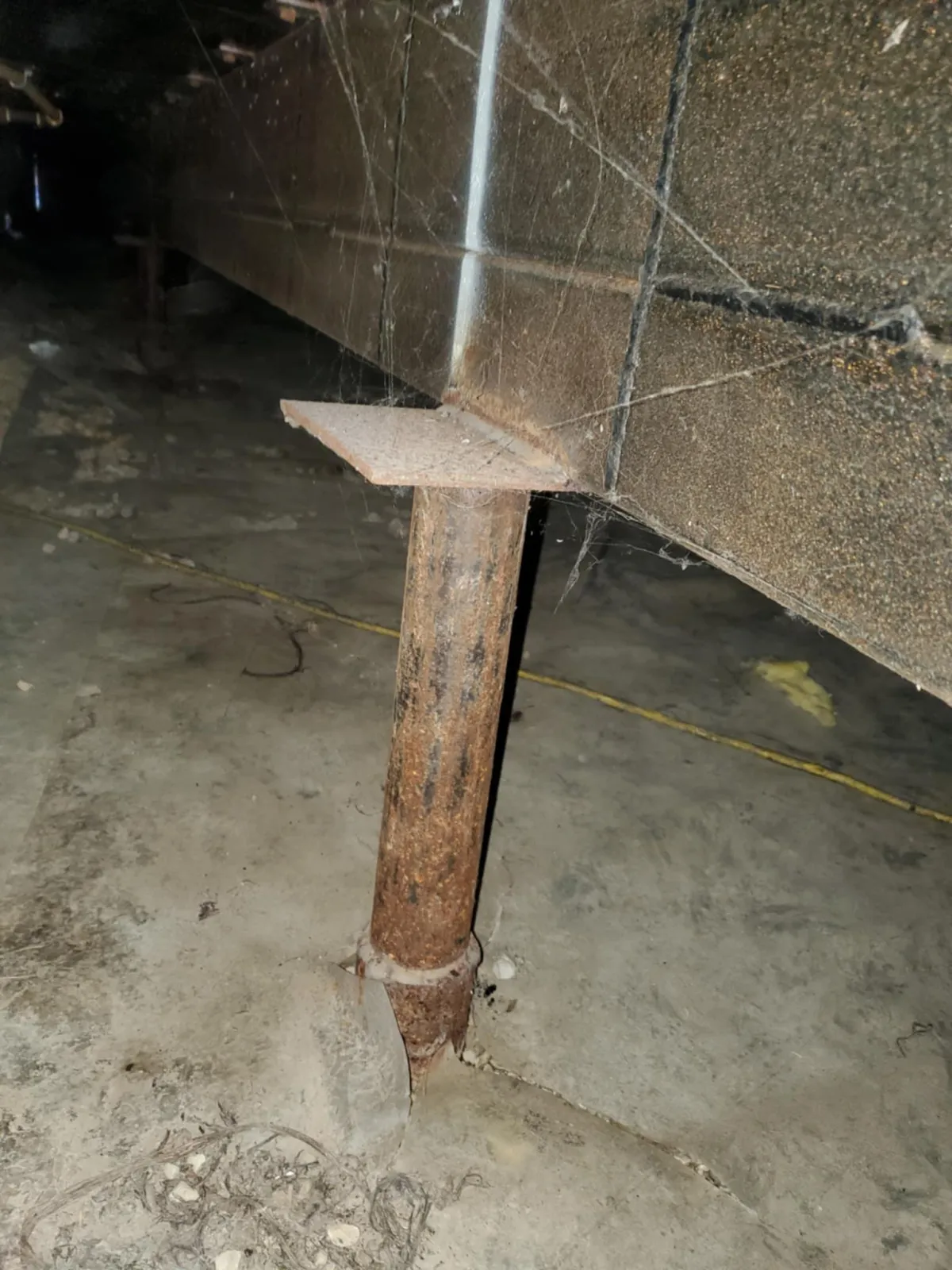
Screw Piles
Screw piles, also called helical piers, are steel posts with a spiral-shaped blade at the bottom. They are driven deep into the ground using a hydraulic machine, providing strong and stable support even in poor soil conditions.
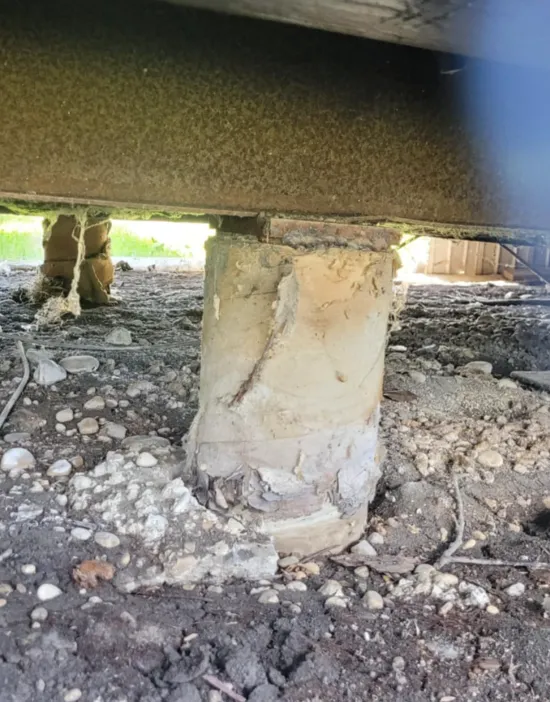
Concrete Piers
Concrete piers are poured-in-place concrete supports that provide a solid, long-term foundation for mobile homes. These piers are typically cylindrical and are set below the frost line to help prevent movement from freezing and thawing cycles.
Which Foundation Type is Best?
The best foundation for your mobile home depends on your local soil conditions, climate, timeline and budget.
For affordability and quick installation, wood blocking is an option but best for temporary or light-duty use.
Pad and cribbing offer more stability while still being adjustable.
If you are in an area with unstable soil or frequent freeze-thaw cycles, screw piles can provide greater long-term stability.
Regardless of the foundation type, proper installation and periodic leveling are essential to prevent structural issues over time. In the next section, we’ll dive into soil factors that can affect beam and pier foundations.
Soil Factors Affecting Beam and Pier Foundations
The stability and longevity of a beam and pier foundation heavily depend on soil conditions. Different soil types have unique challenges that influence foundation selection, maintenance, and long-term performance. Below, we’ll explore three major soil factors that impact beam and pier foundations
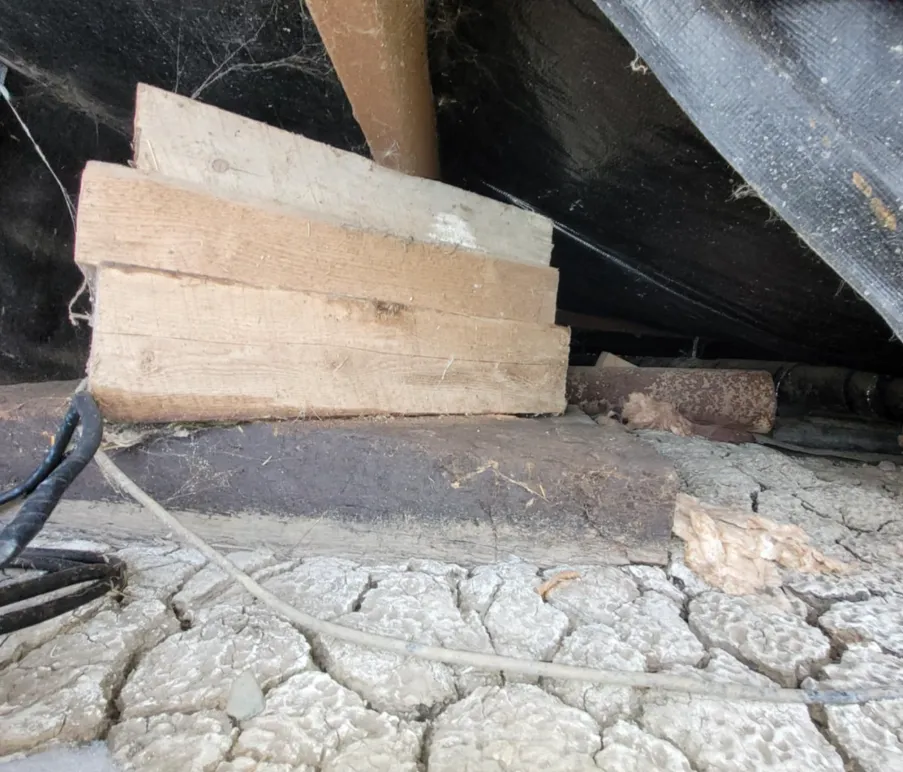
Expansive Soil (Clay and Moisture Sensitivity)
Expansive soils, such as clay-based soils, expand when wet and shrink when dry. This constant movement can cause foundations to shift, tilt, or sink unevenly, leading to structural issues.
Effects on Foundations:
•Wood blocking & cribbing can become unstable as the soil expands and contracts.
•Screw piles & concrete piers perform better in expansive soil because they reach deeper, stable layers.
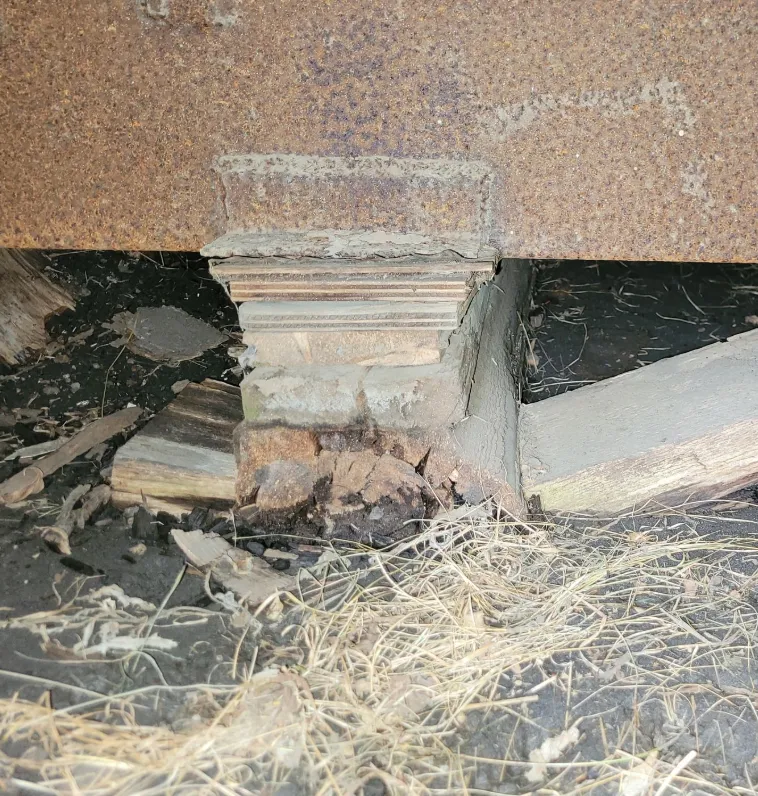
Ground Bearing Capacity (Load Support)
The ability of the soil to support weight is called ground bearing capacity. Some soils, like sandy or loose fill soils, have low bearing capacity, meaning they can’t support heavy loads without sinking.
Effects on Foundations:
•Wood blocking may sink into soft ground over time.
•Cribbing distributes weight better, reducing the risk of sinking.
•Screw Piles or Concrete piers work best in soft soils but require deeper footings.
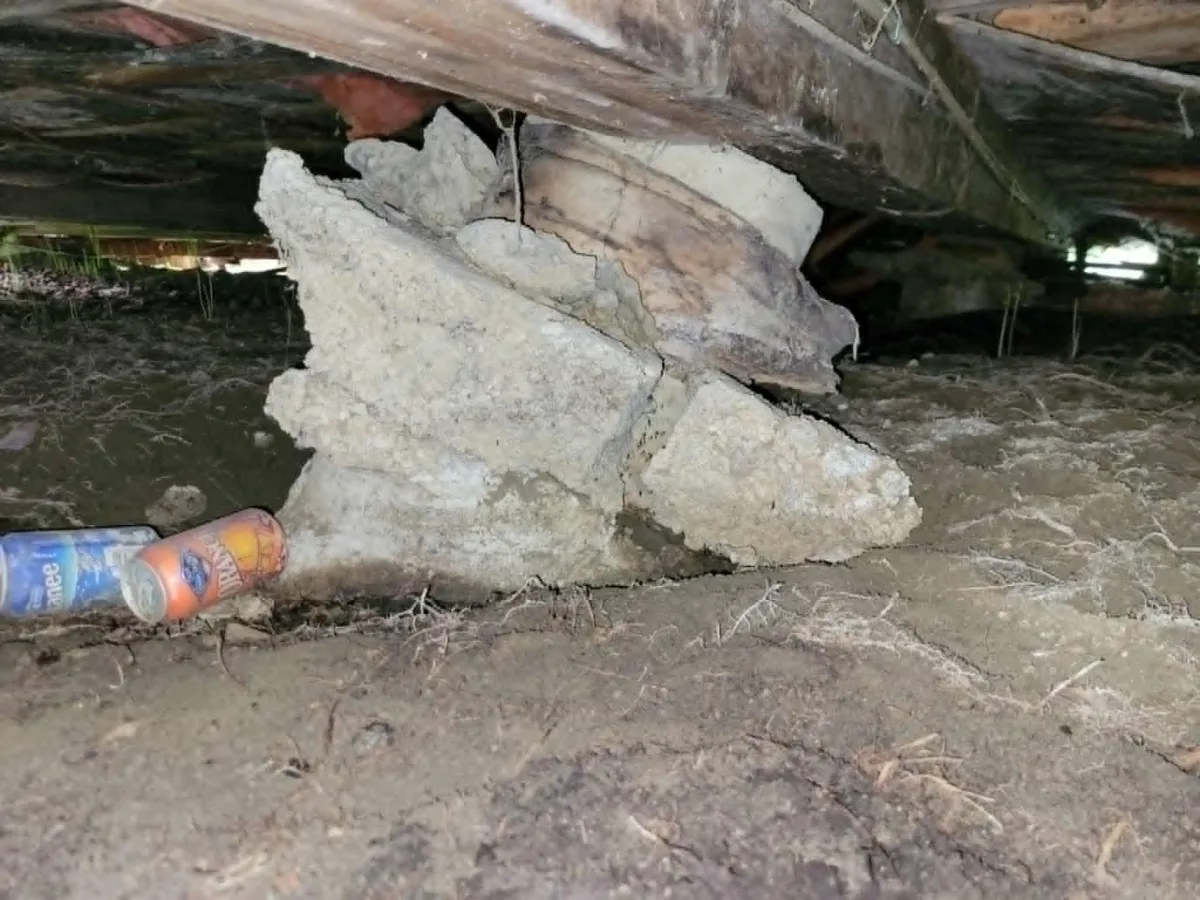
Frost Heave & Jacking
In cold climates, soil moisture freezes and expands, causing the ground to push upwards—a process called frost heave. Over time, repeated freezing and thawing can jack piers or blocks out of alignment, requiring frequent re-leveling.
Effects on Foundations:
•Wood blocking & cribbing shift easily, requiring seasonal adjustments.
•Concrete piers below the frost line are still susceptible to frost heave
•Screw piles resist frost heave, as they are deep-set and their shaft is not gripped by the surface frost.
Soil Considerations Matter for Your Home's Foundation
By understanding how soil conditions affect your foundation, you can minimize shifting, prevent damage, and reduce re-leveling needs.
Up next, we’ll discuss the leveling process—how to keep a mobile home stable over time.
The Leveling Process for Beam and Pier Foundations
Over time, mobile homes shift and settle due to soil movement, moisture changes, and seasonal temperature fluctuations. A proper leveling process ensures the home remains stable, safe, and structurally sound. Below, we’ll break down why leveling is needed, the tools used, and the step-by-step process for adjusting a beam and pier foundation.
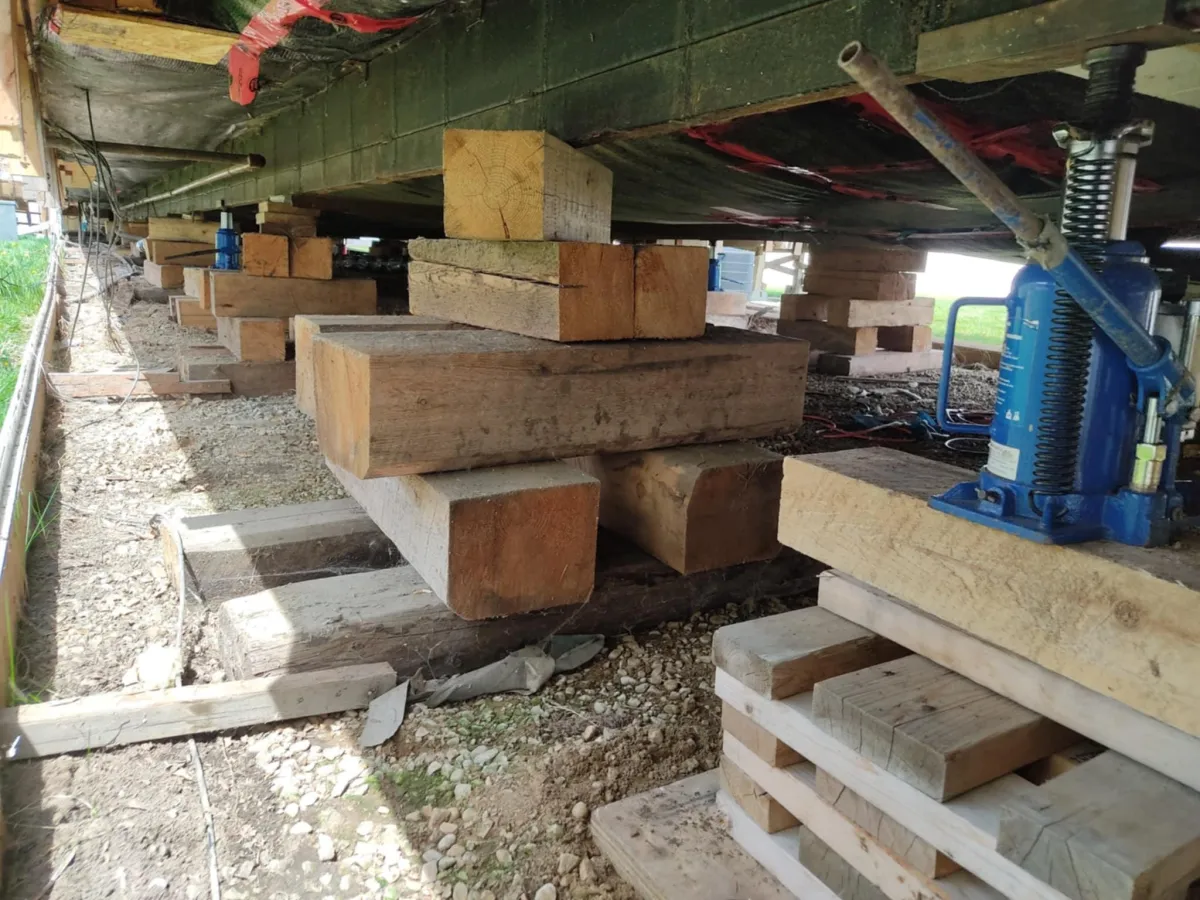
Why Do Mobile Homes Need Re-Leveling?
Several factors can cause a mobile home to become unlevel:
✔ Soil movement—expansive clay, frost heave, or moisture causing soft ground can shift piers or blocks.
✔ Pier settling—wood blocking may compress, or piers may sink into the ground over time.
✔ Structural adjustments—homes can shift due to uneven weight distribution from attachments like porches and decks.
Ignoring leveling issues can lead to door misalignment, wall cracks, plumbing problems, and excess stress on the structure.
Tools Used for Levelling a Modular Home
Hydraulic jacks – Used to lift the home at key points along the beams.
Laser or Water Level – Ensures the home is even across the entire structure.
Shims – Small hardwood or metal spacers to fine-tune adjustments.
Re-leveling Process
Inspection and Assessment – Plot out how the structure is sitting
Creating a Lifting Plan – Plan out what gets lifted, how much and in what order
Preparing for Lifting – Place hydraulic jacks under the beams
Lifting and Adjustments – Jack up the structure and shim until level throughout
Secure and Finalizing – Check door & window alignment, ensure secure beam and pier connections
Post-Leveling Inspection – Check plumbing, skirting and steps
How Often Should a Mobile Home Be Re-Leveled?
Every 1-2 years in high-movement soils (clay or frost-prone areas).
Every 3-5 years for stable soil conditions with minimal shifting.
Immediately after severe weather or noticeable home shifting.
Is Your Foundation Secure? Get a Free Estimate Today!
If your home is experiencing uneven floors, shifting, or foundation concerns, we can help. Our expert team specializes in re-blocking, re-leveling, and modular home foundation solutions.
• Restore Stability– Professionally adjust and reinforce your foundation.
• Prevent Future Issues– Address settling before it becomes a costly repair.
• Fast & Reliable Service– Local expertise with long-term results.
98 %
Satisfied
Customers
1,000+
Projects
Completed
10+
Experience





















